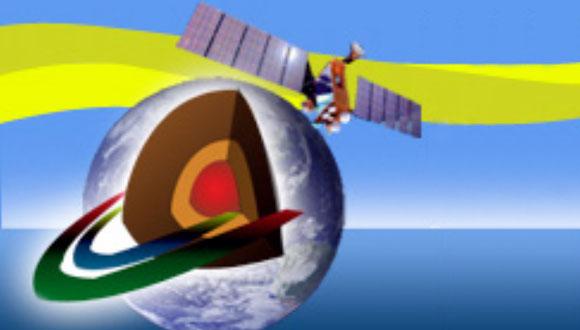סמינרים מיוחדים בחוג למדעי כדור הארץ
Evgeny A. Mareev and Ashot Chilingarian
9:15-10:00am:
"Lightning Physics and Effects” Project at the Institute of Applied Physics RAS
Speaker:
Evgeny A. Mareev, Geophysical Research Division, Institute of Applied Physics, Russian Academy of Sciences
Abstract:
The lightning is inherent phenomenon of our life, however, it still brings a big variety of unexpected surprises. Lightning physics is rich and diverse. The multi-disciplinary project “Lightning and thunderstorms: physics and effects” started in 2013 accumulates at the Institute of Applied Physics of Russian Academy of Sciences the abilities and efforts of several Russian scientific teams dealing with fundamentals and applications of atmospheric electricity and lightning The Project researches cover a number of fundamental, still poorly understood problems, important for practical applications: lightning initiation conditions, streamer-leader formation, thunderstorm electrification and nowcasting, transient luminous events in the atmosphere, chemical effects of lightning, the role of lightning in the global electric circuit and the Earth’s climate system. In this presentation a brief review of recent studies under the project will be given with a special attention to the modern problems of the global atmospheric electric circuit.
10:15-11:00am:
High-Energy Phenomena in Earth's Atmosphere: will it help to understand lightning initiation?
Speaker:
Ashot Chilingarian, Yerevan Physics Institute - Alikhanyan Brothers 2, Yerevan, Armenia
Abstract:
In the beginning of last century C.T.R. Wilson proposed that strong electric field of the thunderclouds might accelerate electrons to very high energies. However, this and many other electromagnetic processes in our atmosphere are poorly understood till now; the key questions about the thundercloud electrification and lightning initiation remain unanswered. During recent decades several observations of gamma ray, electron and neutron fluxes correlated with thunderstorms were reported. At Aragats space-environmental center in Armenia we establish the direct causal relation between the particle avalanches initiated by the runaway electrons accelerated in thunderclouds and prolonged enhancements of the particle fluxes on earth’s surface. The electron acceleration downward becomes possible after creation of the transient Lower Positively charged region (LPCR). Strong electric fields and high levels of humidity at above-freezing temperatures support creation of hydrometeors and their electrification, i.e. the development of the LPCR. LPCR with located above main negative layer formed a lower dipole accelerated electrons downward. Electrons with additional energy acquired from electric field radiate additional gamma rays, which enhance particle detector count rate. Thick LPCR prevents lightning leader to make a path to the ground. However if occasionally large EAS develops in the thundercloud abundant number of secondary EAS electrons can ease the propagation of the lightning leader and cloud-to ground lightning occurs even when LPCR is still well established.
The multiple RREAs (which can be assumed as continuous attempts to start stepped leader) produce a large number of low-energy (few eV) electrons by ionizing the air. The low-energy electrons then drift in the thunderstorm electric field producing electric currents and radio frequency emissions. The current resulting from the high-energy particles and their associate ionization could be some of the largest produced by the thunderstorm. Therefore, this current will certainly increase conductivity of the particular region of the thundercloud, facilitate its discharge and lead to the creation of a propagating hot leader channel. Weak bipolar nanosecond-scale radio frequency pulses possibly originated from these discharges represent an early stage of formation of the conducting channel in the thundercloud (initial breakdown). Further development of the -CG lightning depends on the degradation of the LPCR. Multiple electrons from developed RREAs are discharging LPCR and opening the path for the lightning step leader. Local discharges of RREA electrons on HMs and propagation of lightning step leader through degraded LPCR may generate series of the bipolar radio frequency pulses followed by unipolar large amplitude pulses of microsecond extent generated by the first return stroke of a CG flash.
מארגנת הסמינר: ד"ר רוית חלד


